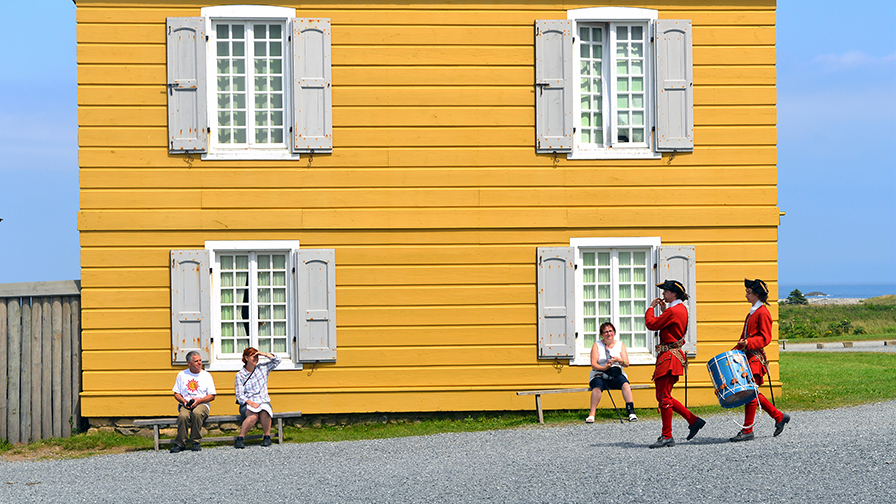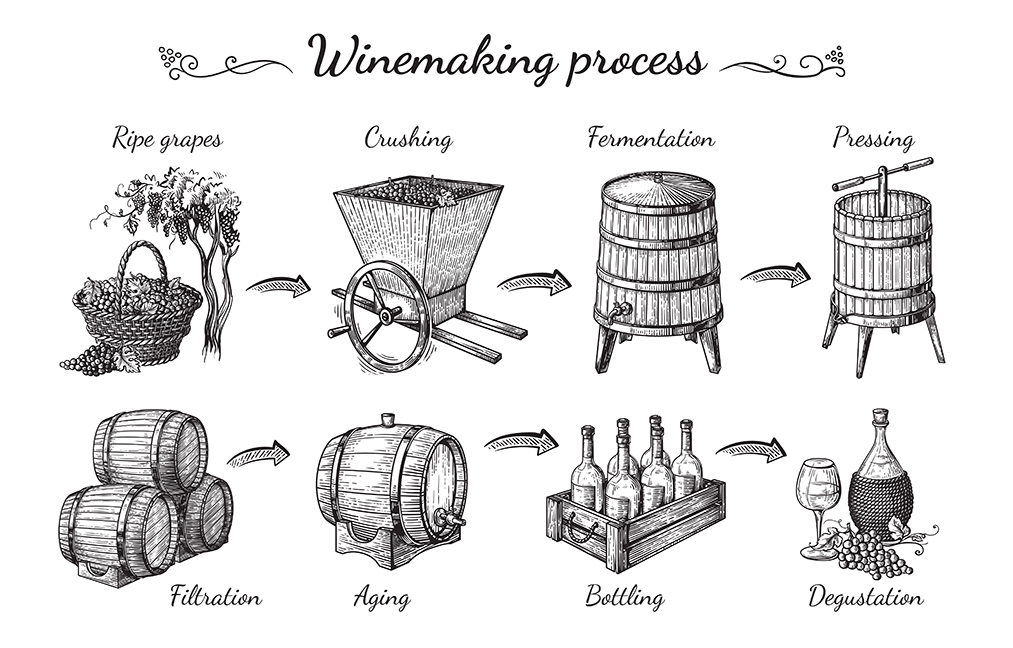For most people it is common knowledge what a band, orchestra, chorus and even a string quartet is, and what they look like. But I would venture to say many people know almost nothing about a fife and drum corps.
In America, fife and drum corps date back to the colonial period and the founding of our country. With war on the horizon they were especially prevalent and important during the Revolutionary War. Fife and drum corps were a vital part of our early military history and served bravely in the many battles and wars in the early years of the Republic.
The colony of Virginia trained fifers and drummers to work with soldiers in the field. These musicians were all boys, 10 to 18 years old. Can you imagine boys of this age going into battle? They did not have guns or swords – all they had were their instruments.

Virginia, circa 1778, needed military involvement and protection for the capital city of Williamsburg. The general assembly of Virginia established the Virginia State Garrison Regiment. Troops were stationed at the towns of Hampton, Yorktown and Williamsburg, Virginia. Fife and drum players were assigned to this regiment and 22 boys made up the corps.
Today, the Colonial Williamsburg Fifes and Drums, also known as the Field Music of the Virginia State Garrison Regiment, has kept the tradition of this group alive since 1958. The modern Williamsburg corps is made up of both boys and girls 10 to 18 years old. Visitors enjoy this re-enactment of the revolutionary traditions and learn about the various aspects of the American Revolution.
Today these musicians are chosen from the long waiting lists of young boys and girls from local communities. They learn their introduction to military music at age 10 and practice once a week for the next eight years until graduating high school.
These young fife and drum players are considered musical ambassadors. They talk to the visiting public about 18th century military music, and the history surrounding the Revolution. The corps performs over 700 appearances each year. These young musicians have come to symbolize what is best about our country’s traditions dating back to its inception.
Early Beginnings
Historically, the first time the corps, using early ancestors of the fife were organized, was in Switzerland in the late 13th century. In Europe fifes are called Schweizefeifs or Swiss Flutes; used in their modern form since the 16th century.
In the 1400s a more developed and organized military need arose, and the corps had a more universal presence. The principalities of Germany used this form of military music in the 1500s and 1600s.
Queen Anne of England was succeeded by George I of Hanover, Germany. During this time the English army was rather undisciplined and disorganized. In due time it was reorganized into a more disciplined body with the help of the fife and drum corps. This English model was used and adopted by the colonist in Virginia.
Revolutionary Times
Music was very effective for motivating troops to march long distances and keep a positive attitude while enduring hardships along the way. Napoleon used the corps as a motivating factor with apparent positive results. Music was also used in camp-life to announce times to gather, rising in the morning, breakfast call, lunch, duty calls, dinner and lights-out.
During the Revolutionary War, both British and American armies used fife and drum music for tactical signals. Some examples are: when to advance, fire, cease fire and retreat. There is some disagreement about when the fife was first introduced in America. Some say it came with the colonists and others say it came later, around the time of the Revolution.
Civil War Times
The music of the fife and drum corps continued to be used by the American military up to and into the Civil War. With modern arms and methods of transportation, by both trains and steamboats, the corps was no longer needed and became obsolete. After and during the Civil War the bugle replaced the fife and drum corps. As the Civil War era phased out the corps in the military establishment, a new and revitalized role for the corps was being formed.
Civilian Era
During the 1876 Centennial of the American Revolution, the civilian fife and drum corps was born and developed a new, revitalized role. The new corps became very popular as patriotic and nostalgic Americans re-created the traditions and music of earlier times.
Many local communities formed fire-fighting companies that strongly supported fife and drum corps as town bands. These companies were the forbearers of folk-like traditions that drew support from all ages and generations of Americans. These civilian corps represented and re-created music from the Revolutionary War and Civil War. These groups were primarily located along the east coast from Virginia to Massachusetts. Connecticut appears to have the most groups.
The Kentish Guard was founded in 1774 in Greenwich, Rhode Island. They are the sixth oldest military organization in the United States in un-interrupted service. Their repertory consists of traditional, corps tunes and authentic pieces of the original corps of 1774. They play at military ceremonies, gubernatorial balls and for visiting VIP’s.
“It’s important for all drum corps to retain their distinctive sound and to carry their traditions forward – all will be lost if we alter our music, this is history, it has to remain the way it is,” said, Don Buell of the Chester, Connecticut Fife & Drum Corps.
The repertory of the corps consists of Yankee Doodle, York Fusiliers, Chester, Civil War tunes, including, The Girl I left Behind, The Battle Hymn of the Republic, American Patrol, America the Beautiful, Blue Bells of Scotland, Bonnie Doon, Hail to Columbia, My Country Tis of Thee, and more.
Design and Construction
The fife is defined as a small flute-like instrument with six to eight finger holes and usually no keys. Technically it is like a flauto traverso (transverse flute) that means horizontally held and played across the body. Most instruments are made from wood such as blackwood, grenadilla, rosewood, mopane and other dense woods. Some fifes are made of metal. In modern corps the fifes are replaced by the piccolo.
Colonial and revolutionary style drums are somewhat different than our modern-day snare drums. They are much longer and have rope tension on the drumhead rather than springs and/or threaded bolt-like fasteners. The ropes create tension on the heads, changing the sound produced by the drum.
Bass drums were also introduced in the corps. Unlike the British corps the tenor drum is not usually used in American groups. Drumheads were made from lamb or calfskins but in modern times they are made from plastic.
Uniforms
Typically, the uniform worn by the fife and drum corps is an authentic replica of the uniform of the corps of revolutionary times. This includes a tricorn or three-cornered “cocked hat,” waistcoat, knickers (knee breeches) ruffled cuffs and buckled shoes. Also, Civil war style uniforms of the Union and Confederate armies are worn by contemporary fife and drums corps.
Some time after the Revolutionary period, there was an extensive time of writing and publishing manuals that told of the methods to heighten the performance level of fifing and drumming. These were prevalent between 1801 to 1826.

In modern times fife and drum gatherings have become very popular in the town of Deep River, Connecticut. This has become a favorite venue for these popular meetings of the corps. Other performance venues include parades, concerts, festivals and state and local fairs.
The fife and drum corps are a rich chapter in the lore and fabled story of the founding of our wonderful country. We are indeed fortunate to have this legacy preserved in many townships across the nation. If you haven’t experienced a fife and drum performance, treat yourself to this bit of living history in your future travels.
The research for this information was enhanced by Fife & Drums in America by Ed Olsen. Also, an article, A History of the Fife & Drum Music of the Kentish Guards Fife & Drum Corps was helpful with this subject.
Please submit your questions and comments to banddirector01@comcast.net
Visit our website at www.danvilleband.org for up-to-date information about The Danville Community Band.


